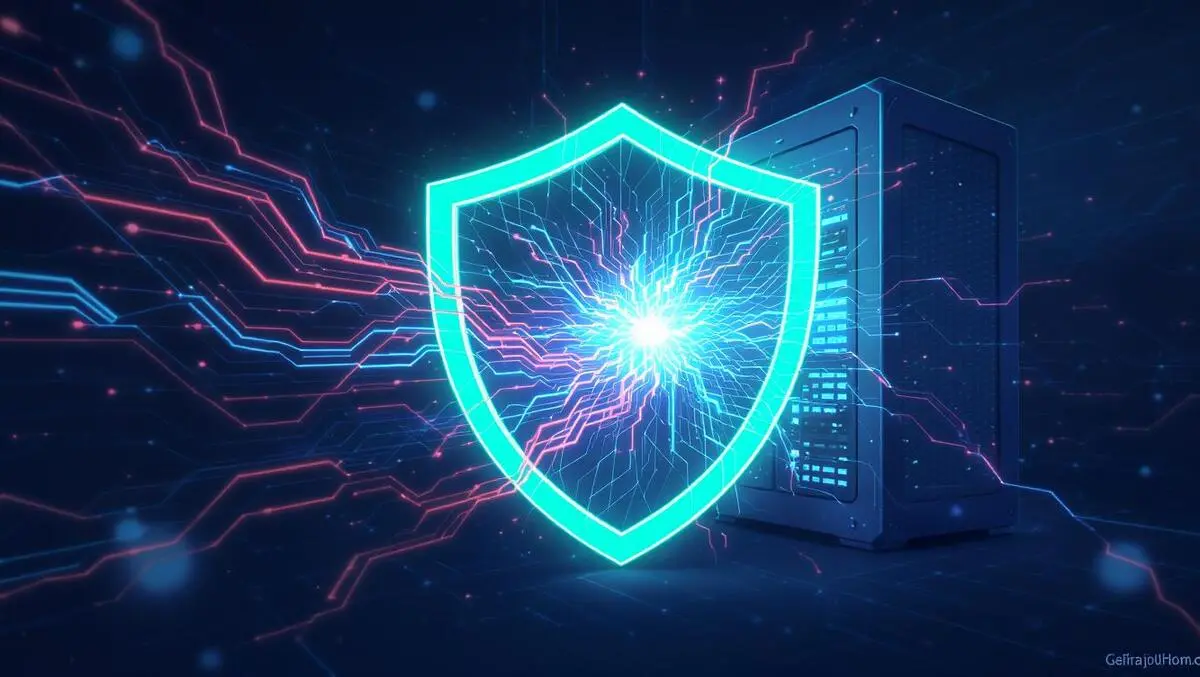
RedShield launches Third Horizon to combat rising DDoS threats
RedShield has launched a new cybersecurity feature named 'Third Horizon' to provide additional protection against Distributed Denial-of-Service (DDoS) and automated bot attacks.
New defence mechanisms
The technology aims to make DDoS attacks more difficult by disrupting attack methods and forcing attackers to adapt in ways that typical automated or artificial intelligence-driven tools are unable to manage effectively. This approach seeks to put obstacles in place that increase the effort and cost required for cybercriminals attempting to undermine web applications.
Fabian Partigliani, Chief Executive Officer at RedShield, said: "Much of the security industry remains focused on traffic profiling via AI-driven anomaly detection. However, in the last three years automated, bot-driven threats have become both greater in scale and frequency and more sophisticated.
"As a result, traditional anomaly detection alone is no longer enough as a defence. In response to the escalation of DDoS and automated bot attacks, RedShield is introducing the 'Third Horizon' as the next evolution of DDoS and bot protection."
Barrier to automated threats
The Third Horizon feature works by challenging suspicious users seeking access to an application. When RedShield's systems identify unusual or potentially malicious behaviour, a user must supply a valid email address and then verify their identity using a code sent to that email. This can occur even if the individual does not have a pre-existing account, serving as an additional barrier that adds complexity for attackers using automated systems.
Partigliani explained: "Third Horizon adds a layer of complexity that bad actors hate because it costs them more time, resources, and money. There are no simple technologies available to let them create enormous volumes of fake user accounts and then retrieve and enter verification for each one. An attacker will typically go and find an easier target."
Three-layer approach
RedShield's service operates by employing a three-tiered architecture for threat defence. The first layer, referred to as the First Horizon, uses traffic profiling to block high-volume attacks and evidently malicious traffic. RedShield achieves this through continuous volumetric protection provided via the AWS cloud platform.
The Second Horizon focuses on sophisticated bot detection, targeting malicious bots attempting to appear as legitimate users. This level is described as an ongoing contest between defenders and attackers, with the technology seeking to increase the cost for would-be intruders.
The newly launched Third Horizon provides an identity and intent challenge, requiring suspicious users to confirm an email address before accessing a site or application. This step particularly aims to counter mass automation since automated bots typically struggle to answer such requests at scale, thereby increasing the difficulty and expense faced by those behind DDoS and bot attacks.
Growing threat landscape
Recent findings underscore the scale of the challenge facing organisations. The Imperva Bad Bot Report indicates that automated bots accounted for nearly half of all internet traffic in 2024, and nearly a third was attributed to malicious bots. The frequency and size of DDoS attacks also grew sharply, with attacks exceeding 1 terabit per second increasing 1800% globally from the third to the fourth quarter of last year. Attackers continue to use bots for credential theft, data scraping, and overloading key business functions, including login and checkout services, exposing businesses in New Zealand and worldwide to operational and reputational risks.
RedShield is extending its layered approach by offering the Third Horizon as an optional add-on service for customers requiring heightened protection. The company relies on the global infrastructure of AWS alongside its proprietary controls, which it describes as aimed at enabling continued application availability for legitimate users while deterring malicious activity.
The new Third Horizon service will become available to RedShield customers for critical applications in the coming weeks, providing an additional tool in the evolving array of cyber defences.


